You smell a lemon and immediately think of freshness and energy. A lavender field makes you relax even before you really look at it. And the scent of fresh pine needles? It somehow makes you instantly alert and clear-headed. What you're smelling are terpenes – and the terpene effects are much more than just aroma. They're the secret superstars of the plant world and influence not only our nose, but our entire wellbeing. Time for us to take a closer look! 🌿
WHAT ARE TERPENES ANYWAY? A QUICK CRASH COURSE
Okay, let's start from scratch. Terpenes are organic compounds found in pretty much every plant – from the rose in your garden to the cannabis in the pharmacy. They're basically nature's "perfumers" and ensure that each plant has its own unique scent.
But here's where it gets interesting: Terpenes aren't just there to please us humans. They have important jobs for the plants themselves – protection from pests, attracting pollinators, and even communication between plants. Yes, you read that right – plants "talk" to each other through terpenes!
What many don't know: There are over 20,000 different terpenes in nature. It's like a huge aroma encyclopedia that evolution has written over millions of years. Pretty impressive, right? 🌱
And here's the kicker: These tiny molecules can also affect us humans. Not just through our sense of smell, but also directly on our nervous system. That's why you often feel so relaxed in the forest or get energized by citrus scents.
TERPENES IN CANNABIS: THE INVISIBLE ACTORS BEHIND THE EXPERIENCE
Now it gets really exciting! Cannabis contains over 100 different terpenes – and they're partly responsible for why different strains can have such different effects, even when they have similar THC or CBD levels.
Imagine you have two cannabis strains with exactly 15% THC. One makes you tired and relaxed, the other energetic and creative. What's the reason? The terpenes! They're like spices in a dish – without them, everything would be bland and the same.
Here's a little insight into how terpenes influence the cannabis experience:
The Cannabis Smell Test
Ever smelled it before consuming it? You should! The scent tells you quite a bit about the terpenes:
- Citrusy → probably limonene (makes you alert and lifts mood)
- Earthy/woody → could be myrcene (relaxing, "couch-lock")
- Peppery/spicy → likely caryophyllene (pain-relieving)
- Floral/sweet → maybe linalool (calming like lavender)
Why this matters
If you use cannabis for medical purposes or just want to achieve a certain feeling, terpenes can help you find the right strain. Want to relax after a stressful day? Look for strains with lots of myrcene. Need a creativity boost? Limonene could be your friend.
The cool thing: These insights aren't just theory. More and more growers and manufacturers are specifically focusing on the terpene profile of their products. It's no longer just about "strong" or "weak," but about the quality of the experience.
THE MOST IMPORTANT TERPENES AND THEIR EFFECTS OVERVIEW
Time for the stars of the show! Here are the terpenes you should definitely know – not just in cannabis, but everywhere in nature:
Myrcene – The Relaxation Artist
Smells like: Musk, cloves, earthy
Found in: Hops, thyme, lemongrass
Myrcene effects: Relaxing, sleep-promoting, muscle-relaxing
Myrcene is the reason why some cannabis strains push you straight into the couch. It also enhances the effects of THC – that's why myrcene-rich strains often work particularly intensely.
Limonene – The Mood Lifter
Smells like: Citrus fruits, fresh, crisp
Found in: Lemons, oranges, juniper
Limonene effects: Mood-lifting, anxiety-reducing, energizing
The terpene in citrus peels that already makes you feel good when peeling an orange. In cannabis, it provides clear, uplifting effects.
Linalool – The Calmer
Smells like: Lavender, floral, sweet
Found in: Lavender, coriander, cinnamon
Linalool effects: Calming, anxiety-reducing, pain-relieving
Know that relaxed feeling during a lavender bath? That's linalool at work. In cannabis, it works against stress and anxiety disorders.
Pinene – The Alertness Booster
Smells like: Pine needles, fresh, resinous
Found in: Pines, rosemary, sage
Effects: Alertness-promoting, airway-opening, memory-improving
A forest walk doesn't clear your head for nothing – that's pinene! It can even help reduce THC's memory-impairing effects.
Caryophyllene – The Pain Reliever
Smells like: Pepper, spicy, woody
Found in: Black pepper, cloves, hops
Effects: Anti-inflammatory, pain-relieving
Particularly exciting: Caryophyllene can directly dock to the same receptors as cannabinoids. It's basically a "terpene with cannabinoid superpowers."
HOW TERPENES AND CANNABINOIDS WORK TOGETHER: THE ENTOURAGE EFFECT
Here it gets really scientific – but don't worry, I'll explain the entourage effect simply explained! This effect describes how different plant compounds work together and mutually enhance or modulate each other.
An Orchestra Instead of Solo Artists
Imagine cannabinoids (like THC and CBD) are the main instruments in an orchestra. Terpenes are then the accompanying instruments – violins, trumpets, drums. Each sounds okay alone, but together they create real symphonies.
Practical example of the entourage effect:
- THC alone can sometimes trigger anxiety
- Linalool (lavender terpene) has a calming effect
- THC + Linalool together = relaxed euphoria instead of anxiety
Why Full Spectrum Can Be Better
This also explains why many people find full-spectrum products (containing all terpenes and cannabinoids) more effective than isolates. It's like the difference between a home-cooked meal with all spices and a ready meal with just one flavoring.
A little limonene can make THC more stimulating, while myrcene makes it more sedating. This means: Two cannabis strains with identical cannabinoid values can work completely differently – just because of the terpenes. Mind = blown, right? 🤯
RECOGNIZING AND USING TERPENES: PRACTICAL EVERYDAY TIPS
Enough theory – let's get practical! How can you use terpenes in your life, even without cannabis?
The Sniff Test
Develop your nose! Consciously smell different plants and foods:
- Rub lemon peel → Limonene power for good mood
- Rub lavender sprig → Linalool for relaxation
- Rub rosemary leaves between fingers → Pinene for mental clarity
Use Essential Oils
Many essential oils are pure terpenes! A few drops of lavender oil on the pillow, lemon oil in the diffuser, or peppermint oil to wake up – all terpene power.
With Cannabis: Pay Attention to the Profile
If you use cannabis, don't just look at THC/CBD values:
- Read lab tests: Many products now have terpene profile information
- Smell before buying: Your nose is a good indicator
- Take notes: Which terpenes work how for you?
Natural Aromatherapy
You can also get terpenes through nature:
- Forest walk → Pinene and other conifer terpenes
- Herb garden → Various terpenes to smell
- Peel citrus fruits → Limonene boost for in-between
Terpenes are volatile – they evaporate in heat and light. Therefore store cannabis cool and dark and keep essential oils in the refrigerator.
CONCLUSION: WHY TERPENES ARE NATURE'S SECRET INGREDIENT
Terpenes are like life's spices – without them, everything would be pretty bland. They show us that nature is much more sophisticated than we often think. A tiny molecule can make the difference between tired and awake, relaxed and tense, happy and downcast.
What I find particularly fascinating: Terpenes prove that cannabis is much more than just THC and CBD. It's a complex interplay of hundreds of substances that influence and enhance each other. No wonder isolated cannabinoids often don't work as well as the whole plant.
For everyone who uses cannabis – whether medically or not – it's worth looking at the terpenes. They can help you find exactly the experience you're looking for. Want to relax? Look for myrcene. Need energy? Limonene is your friend.
But even apart from cannabis, terpenes are everywhere around us. The relaxing lavender in the garden, the invigorating lemon in the kitchen, the clarifying scent of a pine forest – all terpenes at work.
Maybe that's the most important lesson: Nature has long since solved what pharmacy is still working on. We just need to look more closely, smell – and understand what these little molecules can do.
The future will teach us much more about terpenes. But even today we can use them to improve our wellbeing. Completely naturally, completely without side effects – simply by listening to nature.
So, on your next forest walk or when you peel a lemon: Remember that tiny molecules are at work that can do more than just smell good. They're the invisible helpers that make our life a little better – one breath at a time. 🌿
BIBLIOGRAPHY
Booth, J. K., & Bohlmann, J. (2019). Terpenes in Cannabis sativa – From plant genome to humans. Plant Science, 284, 67-72. https://doi.org/10.1016/j.plantsci.2019.03.022
Ferber, S. G., Namdar, D., Hen‐Shoval, D., Eger, G., Koltai, H., Shoval, G., Shbiro, L., & Weller, A. (2020). The "entourage effect": Terpenes coupled with cannabinoids for the treatment of mood disorders and anxiety disorders. Current Neuropharmacology, 18(2), 87-96.
Finlay, D. B., Sircombe, K. J., Nimick, M., Jones, C., & Glass, M. (2020). Terpenoids from Cannabis do not mediate an entourage effect by acting at cannabinoid receptors. Frontiers in Pharmacology, 11, 359. https://doi.org/10.3389/fphar.2020.00359
Gertsch, J., Leonti, M., Raduner, S., Racz, I., Chen, J. Z., Xie, X. Q., Altmann, K. H., Karsak, M., & Zimmer, A. (2008). Beta-caryophyllene is a dietary cannabinoid. Proceedings of the National Academy of Sciences, 105(26), 9099-9104. https://doi.org/10.1073/pnas.0803601105
LaVigne, J. E., Hecksel, R., Keresztes, A., & Streicher, J. M. (2021). Cannabis sativa terpenes are cannabimimetic and selectively enhance cannabinoid activity. Scientific Reports, 11(1), 8232. https://doi.org/10.1038/s41598-021-87740-8
Murr, A. T., Busse, K., Schmitz, A., Wassink, M., de Boer, H., & Russo, E. B. (2022). Effects of super-class cannabis terpenes beta-caryophyllene and alpha-pinene on zebrafish behavioural biomarkers. Scientific Reports, 12(1), 17462. https://doi.org/10.1038/s41598-022-22235-2
Nuutinen, T. (2018). Medicinal properties of terpenes found in Cannabis sativa and Humulus lupulus. European Journal of Medicinal Chemistry, 157, 198-228. https://doi.org/10.1016/j.ejmech.2018.07.076
Russo, E. B. (2011). Taming THC: Potential cannabis synergy and phytocannabinoid-terpenoid entourage effects. British Journal of Pharmacology, 163(7), 1344-1364. https://doi.org/10.1111/j.1476-5381.2011.01238.x
Santiago, M., Sachdev, S., Arnold, J. C., McGregor, I. S., & Connor, M. (2019). Absence of entourage: Terpenoids commonly found in Cannabis sativa do not modulate the functional activity of Δ9-THC at human CB1 and CB2 receptors. Cannabis and Cannabinoid Research, 4(3), 165-176. https://doi.org/10.1089/can.2019.0016
Surendran, S., Qassadi, F., Surendran, G., Lilley, D., & Heinrich, M. (2021). Myrcene—What are the potential health benefits of this flavouring and aroma agent? Frontiers in Nutrition, 8, 699666. https://doi.org/10.3389/fnut.2021.699666
Vigil, J. M., Stith, S. S., Diviant, J. P., Brockelman, F., Keeling, K., & Hall, B. (2018). Effectiveness of raw, natural medical Cannabis flower for treating insomnia under naturalistic conditions. Medicines, 5(3), 75. https://doi.org/10.3390/medicines5030075
Walsh, K. B., McKinney, A. E., & Holmes, A. E. (2021). Minor cannabinoids: Biosynthesis, molecular pharmacology and potential therapeutic uses. Frontiers in Pharmacology, 12, 777804. https://doi.org/10.3389/fphar.2021.777804

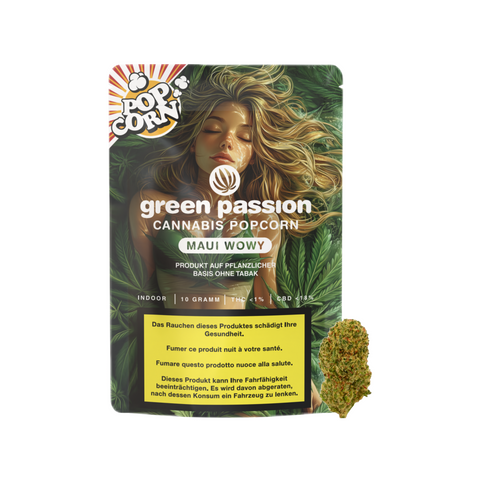
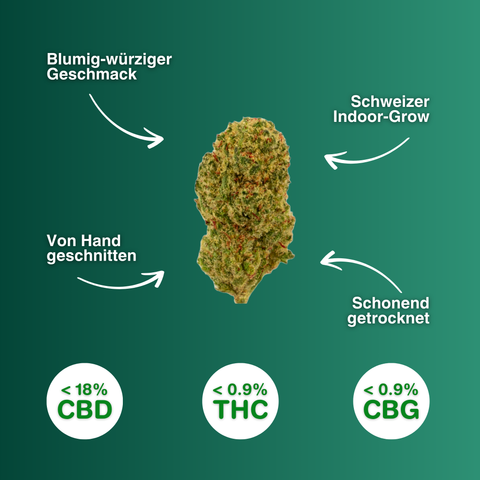
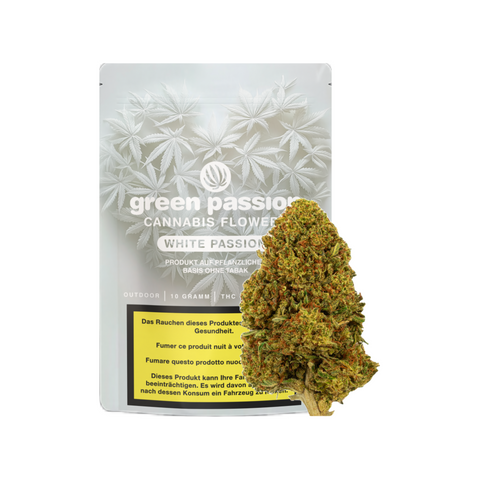
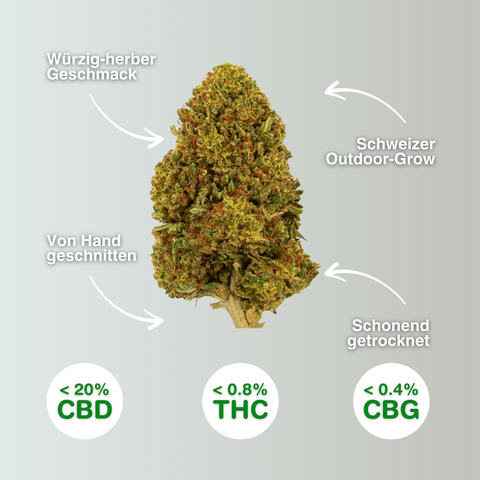
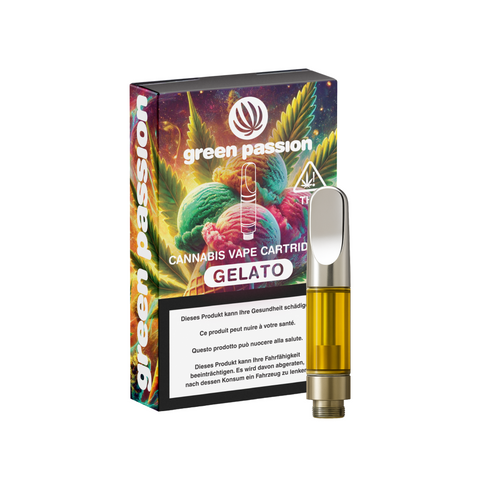
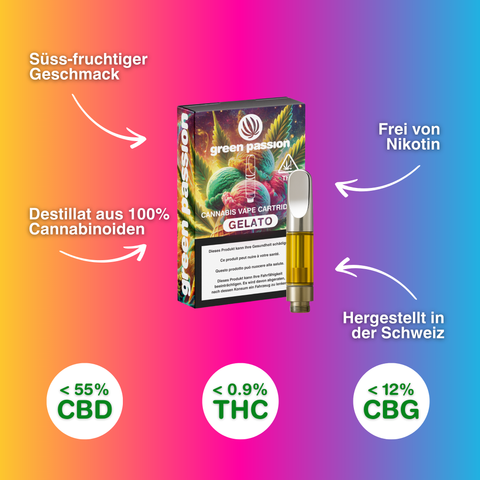
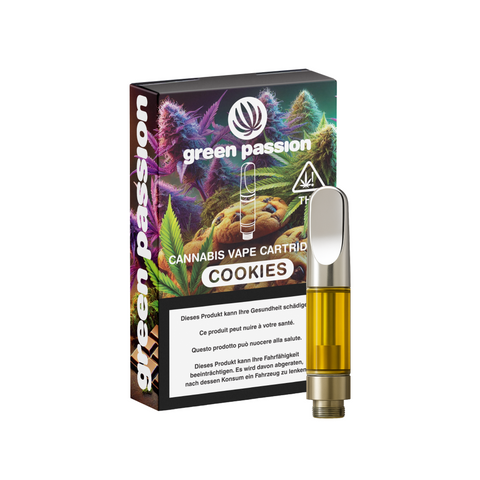

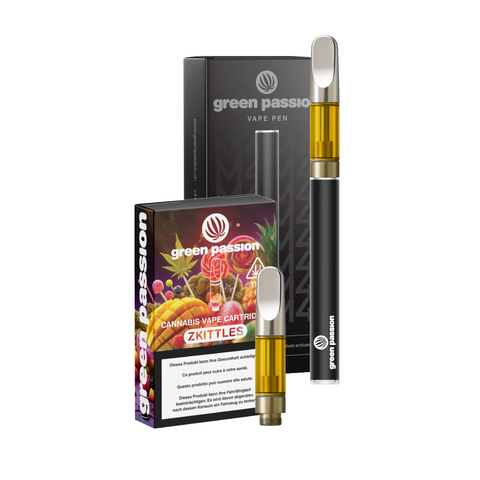
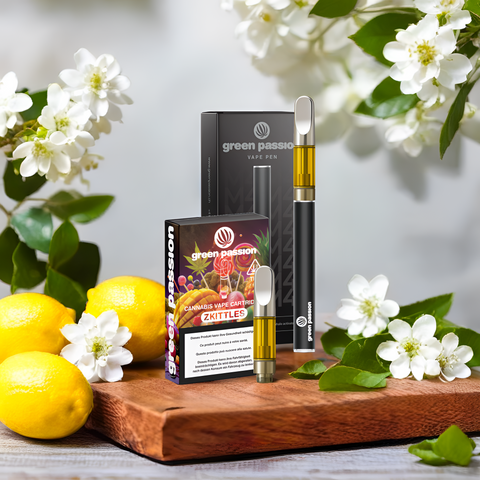


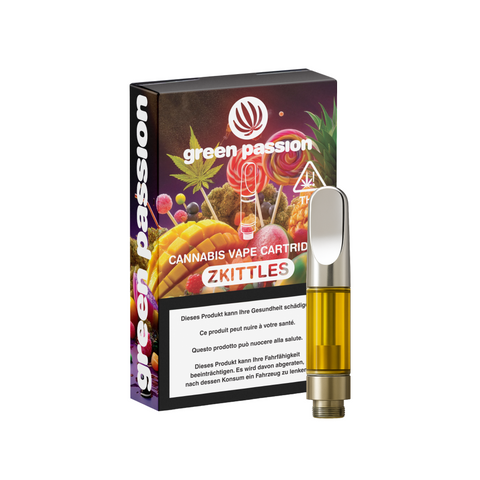
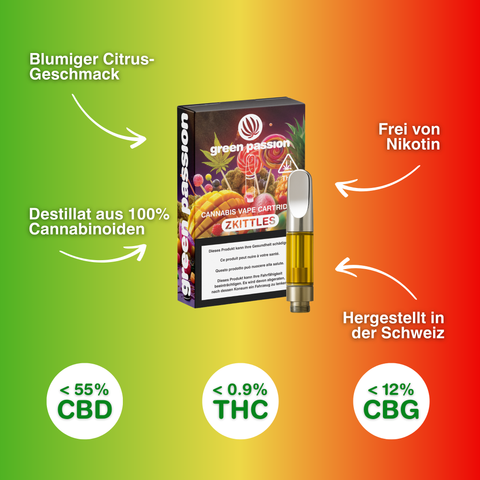
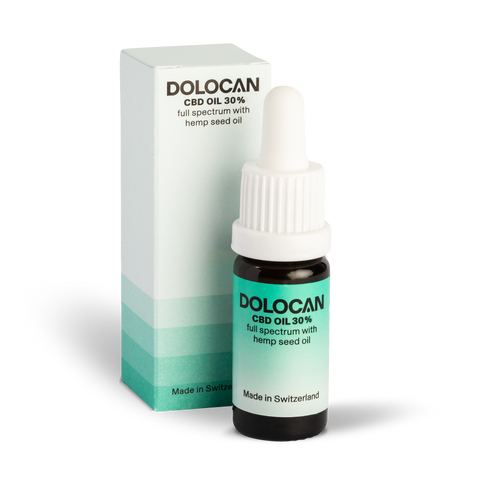
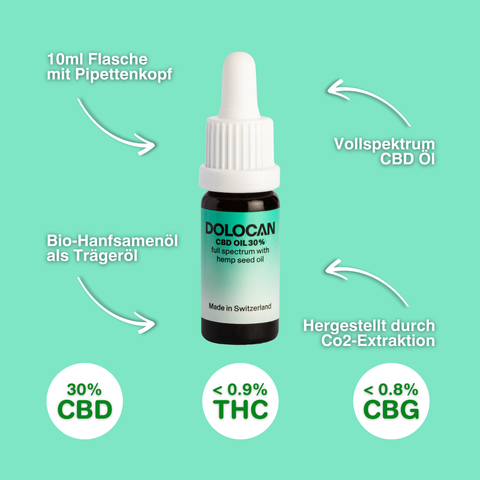
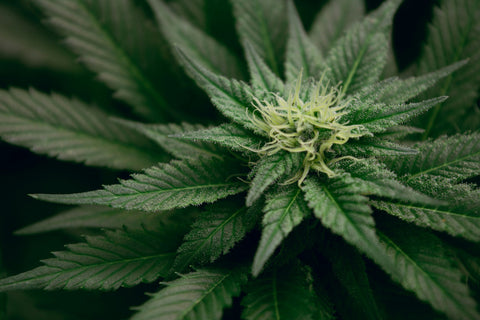

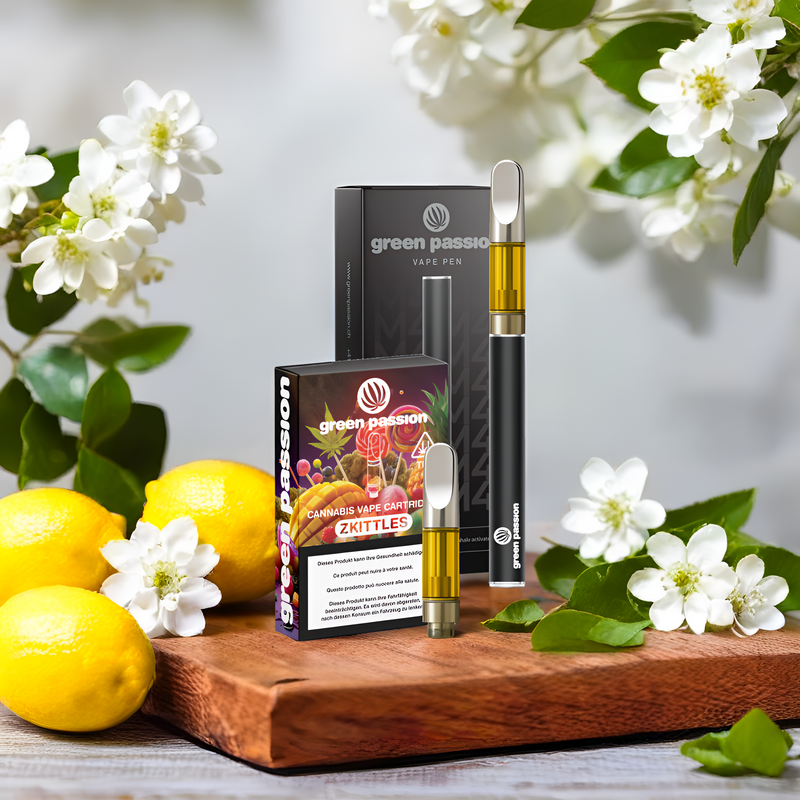
Comments (0)
There are no comments for this article. Be the first one to leave a message!